

Ottoman Works To Visit In Cappadocia
Ottoman Works To Visit In Cappadocia
Before we talk about Ottoman Works To Visit In Cappadocia. The Persians called it Kappa Tuchia at the time, and over time it evolved into the word Cappadocia. It also means “Land of Beautiful Horses”. This region has an aura that fascinates people with its natural beauties, magnificent Fairy Chimneys, and historical richness. It hosts millions of tourists a year. In addition to its natural beauties, it also houses many museums, churches, chapels, monasteries, mosques, social complexes, and tombs. When you make a balloon tour and reach the sky, watching all the beauties from the top will give you a different pleasure. Among the beauties in question are Ottoman works. Let’s take a look at other beauties with the title of Ottoman artifacts to visit in Cappadocia.
Ottoman Works To Visit In Cappadocia: Complexes
Damat Ibrahim Pasha Complex
Among the Ottoman works to visit in Cappadocia, Damat Ibrahim Pasha Complex is located. It was built by Damat Ibrahim Pasha from Nevsehir during the period we call the Tulip Era today.
It changed its name to Nevsehir after expanding the village of Muskara, which we knew to be connected by walls to Nigde until that time
During the reign of Sultan Ahmet III, Damat Ibrahim Pasha had this complex bearing his name built. There are caravanserai, bath, primary school, fountains, mosque, madrasah, and soup kitchen in the complex. It is decorated with Tulip Era motifs and architecture, built with materials brought from Istanbul. It has a large dome and is planned as a square.
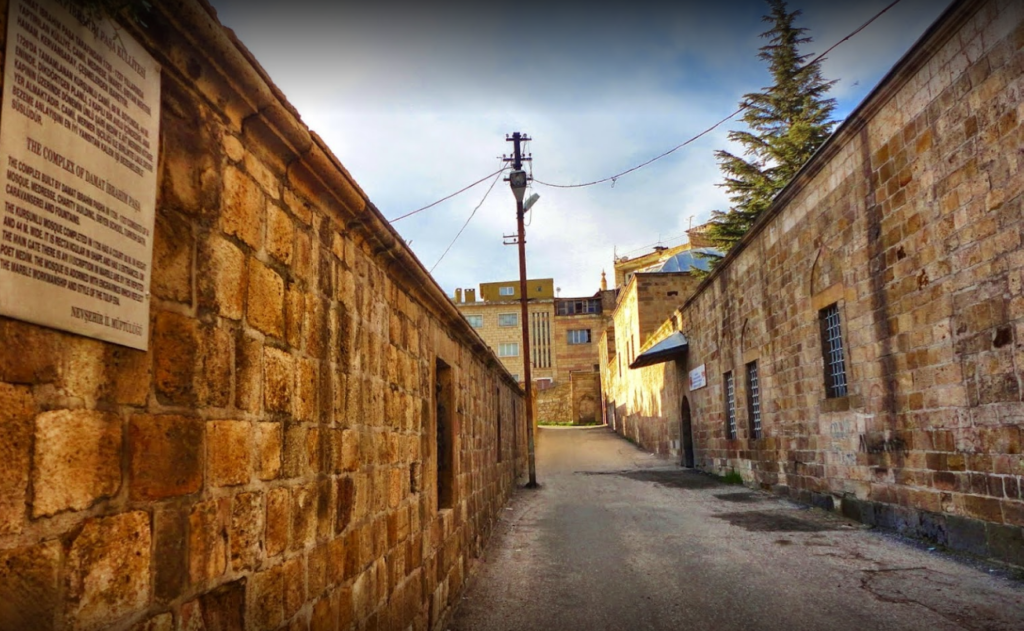

Karavezir Complex
It is a complex built by Karavezir Seyit Mehmed Pasha in 1779. It includes a mosque, fountain, and madrasah. After it was restored in 1960, it is used as a library today. It was built following an L-shaped plan. The madrasa has an open courtyard and was built with Ottoman architecture. The entrance door is quite spectacular, and the courtyard of the madrasa is made up of arches and cloisters formed by columns connected to each other. The cells inside are also covered with domes.
-
Damat Ibrahim Pasha (Kursunlu) Mosque
The reason why the mosque was given this name is that the dome in the main place is made of lead. The mosque, whose construction was completed in 1726, has architecture and motifs from the Tulip Era, and there is an inscription at the northern entrance of the mosque. In this inscription, there are verses of Nedim, the important divan poet of the Tulip Era. Nedim introduces Damat Ibrahim Pasha and the mosque in these lines.
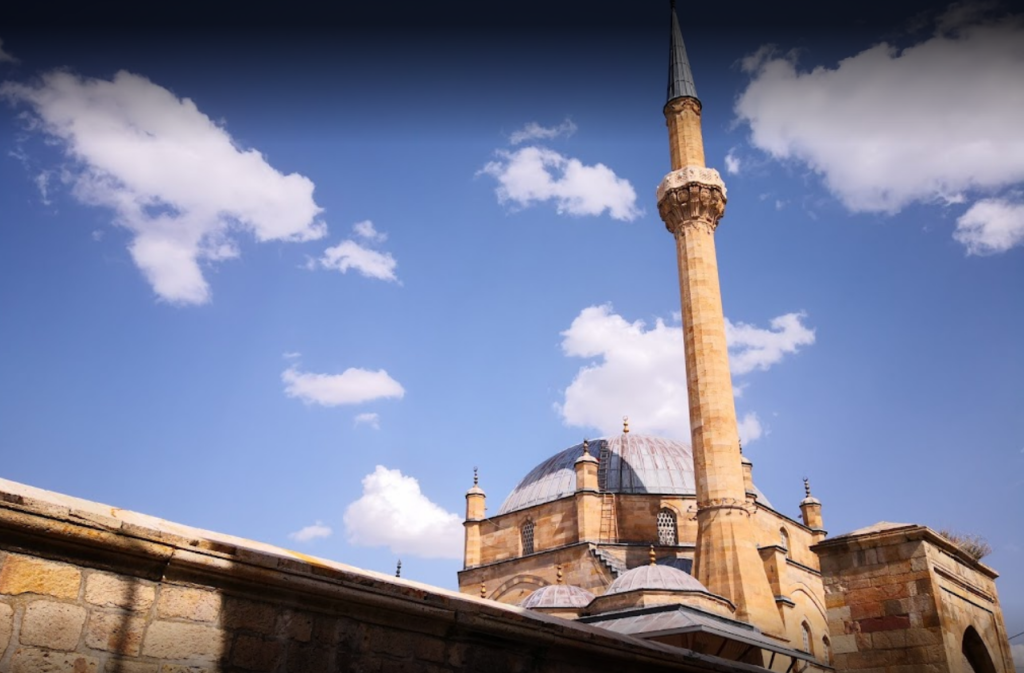

Ottoman Works To Visit In Cappadocia: Libary, Caravanserai, Baths, Fountains
-
Madrasa (Libary)
It contains approximately 9 thousand manuscripts. 187 of these works were donated by Damat Ibrahim Pasha. The best professors gave lectures in the madrasah in question. Today, this madrasa serves as the library of Damat Ibrahim Pasha.
It was built in a rectangular structure and has a courtyard and seventeen madrasa rooms and headroom in the courtyard.
Caravanserai
It is located in the lower part of the courtyard in the mosque. The caravanserai consists of two parts. The biggest part of these two parts was carved into the rock where the mosque courtyard is located. The second part was built lower than the first part. It is also a municipal warehouse.
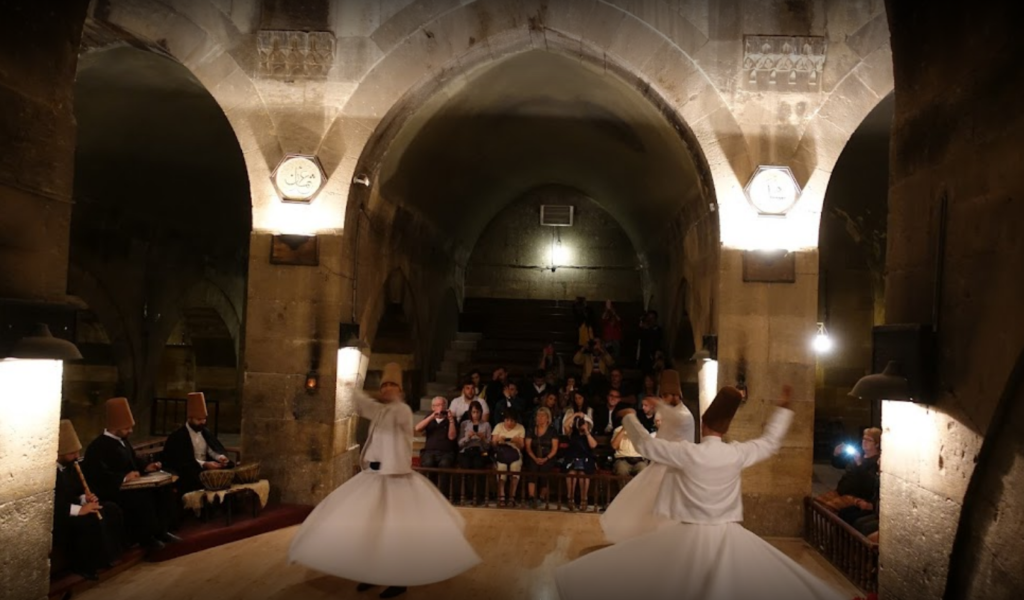

-
Invitation
It is located between the Sibyan School and the madrasa. Another name we know is the soup kitchen, it consists of two rooms carved into the rock and a kitchen.
-
Sıbyan School:
It is in a higher position than other structures. The Sıbyan School has a classroom. It also has a small courtyard in the west, and at the same time, the stairs here provide access to the soup kitchen.
-
Bath
It is still in use today and was restored in 1943. There is a structure with a fountain in the middle of the building surrounded by the cedar in the bath.
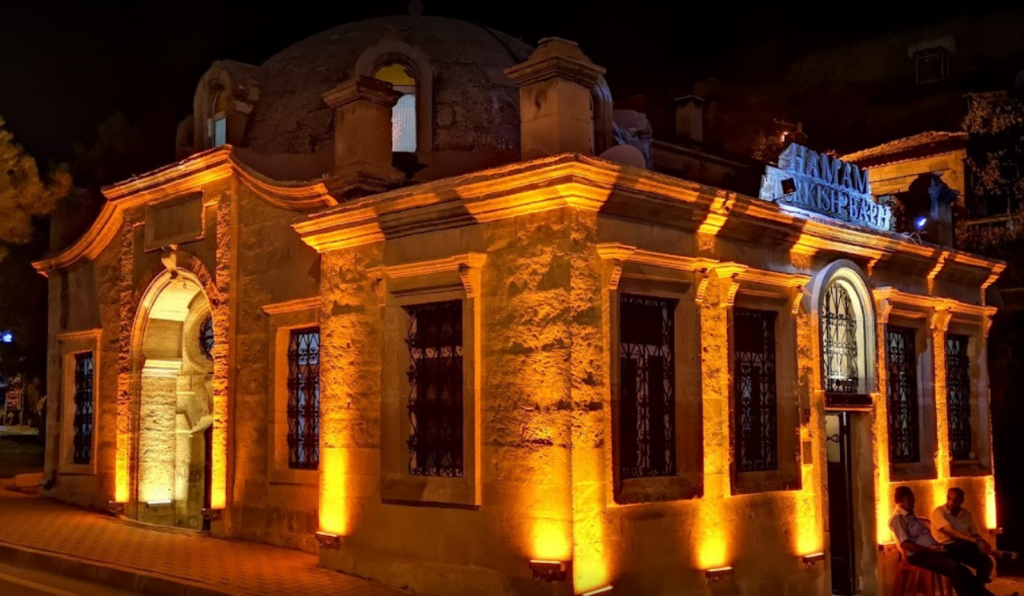

-
Fountains
There are fountains built by Damat Ibrahim Pasha in many places in the city. There is also a fountain inside the complex. One fountain is in the courtyard of the Kursunlu Mosque, and the other is in the courtyard of the Primary School.
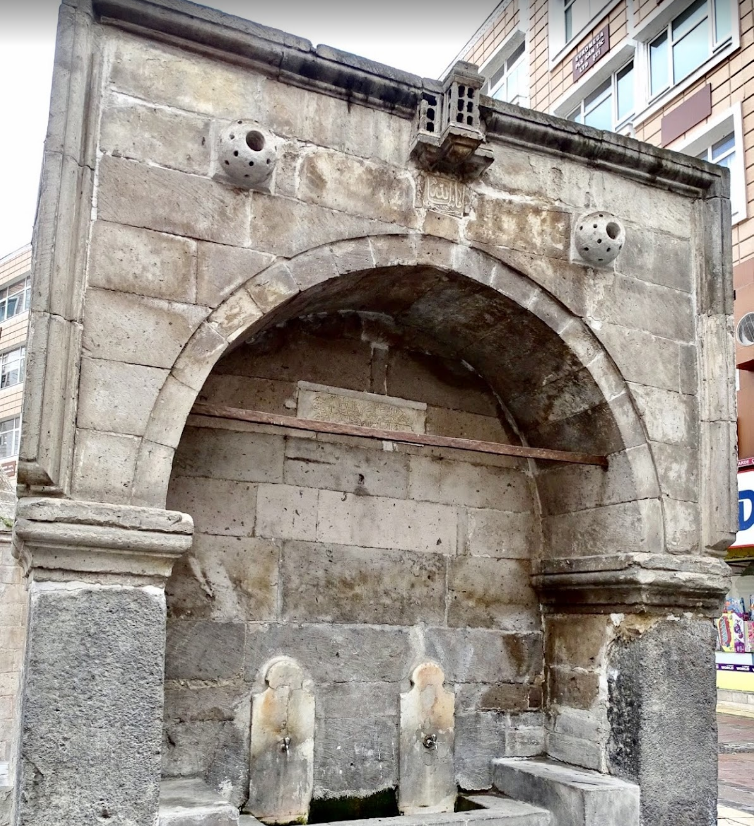

Principal House
It was built by Damat Ibrahim Pasha in 1726, but unfortunately, only one room with an arch, consisting of three sections, and the stables made of rocks have survived until today.
Grand Mosque
This 18th-century Ottoman work is also known as an underground mosque. It is descended from the ground level by stairs and has a transverse rectangular structure.
As we mentioned before, Cappadocia is a region that must be visited and seen with its historical and natural beauties. When you start touring the region, you will fall in love and want to stay here. The quality and comfort of the hotel you will stay in during your Cappadocia trip are also important. Therefore, we recommend the MDC Hotel for your stay with peace of mind. It is a magnificent place in terms of service, friendliness of staff, cleanliness, and beauty. Not only that, you can participate in the activities organized by MDC Hotel, and you can also benefit from other services within the hotel.
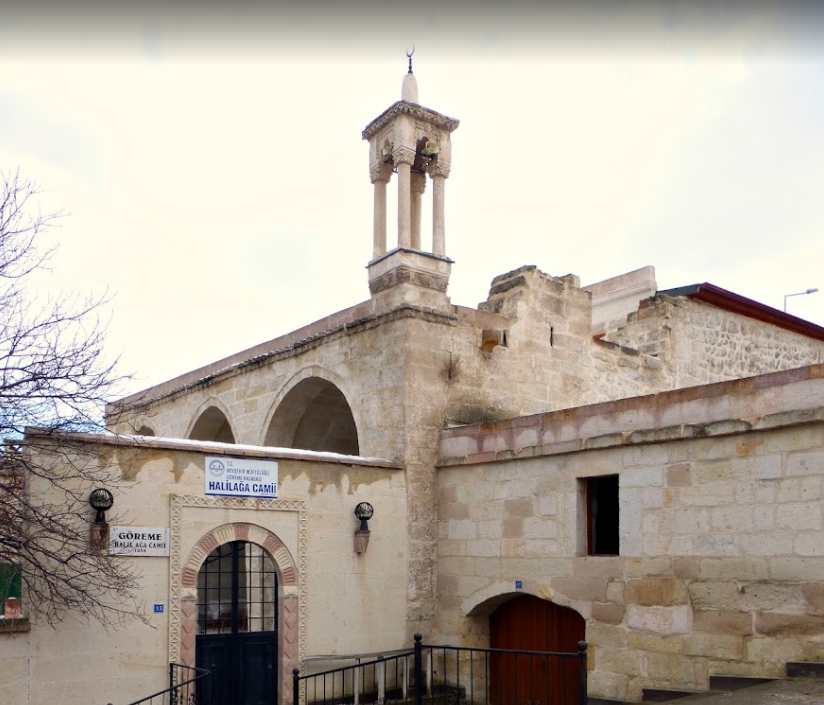


0 Comments